Monthly Archives: September 2024
SOURCE: IDRW.ORG

An alleged image of India’s K-15 Sagarika Submarine-Launched Ballistic Missile (SLBM), also known as B05, going through a sequential launch from an Arihant-class nuclear submarine has recently gone viral. The image reportedly depicts the missile launched at 10-second intervals, stirring excitement and speculation among defence enthusiasts and analysts.
India has been steadily advancing its nuclear triad capabilities, and the K-15 plays a crucial role in the country’s underwater strategic deterrent. The missile, which is designed to be launched from a submerged submarine, is capable of carrying nuclear warheads, providing India with a second-strike capability that is essential for maintaining credible deterrence.
Continue readingSOURCE: IDRW.ORG

India has revised its Notice to Airmen (NOTAM) for an upcoming missile test, extending the designated danger zone and potentially indicating a more powerful missile than initially planned.
The original NOTAM, issued on September 23, specified a danger zone extending over 1,720 kilometers. However, the revised NOTAM has expanded this area, suggesting that a larger missile may be under consideration.
Continue readingSOURCE: RAUNAK KUNDE / NEWS BEAT / IDRW.ORG

India’s Advanced Medium Combat Aircraft (AMCA) is poised to become the world’s first 5.5th generation fighter jet, showcasing features that surpass those of current 5th generation aircraft. Developed by the Aeronautical Development Agency (ADA) and the Defence Research and Development Organisation (DRDO), the AMCA is classified as a 5.5th-generation aircraft due to its late entry into the program, allowing for the incorporation of advanced technologies.
One of the standout features of the AMCA MKII is its Remote Pilot capability. This innovative feature enables the aircraft to be controlled by a remote operator in the event of pilot injury or incapacitation, ensuring mission continuity and enhancing survivability. Additionally, the AMCA MKII will feature Electronic Pilot, an AI program that can take over basic piloting tasks, allowing the human pilot to focus on mission-critical areas.
Continue readingSOURCE: RAUNAK KUNDE / NEWS BEAT / IDRW.ORG
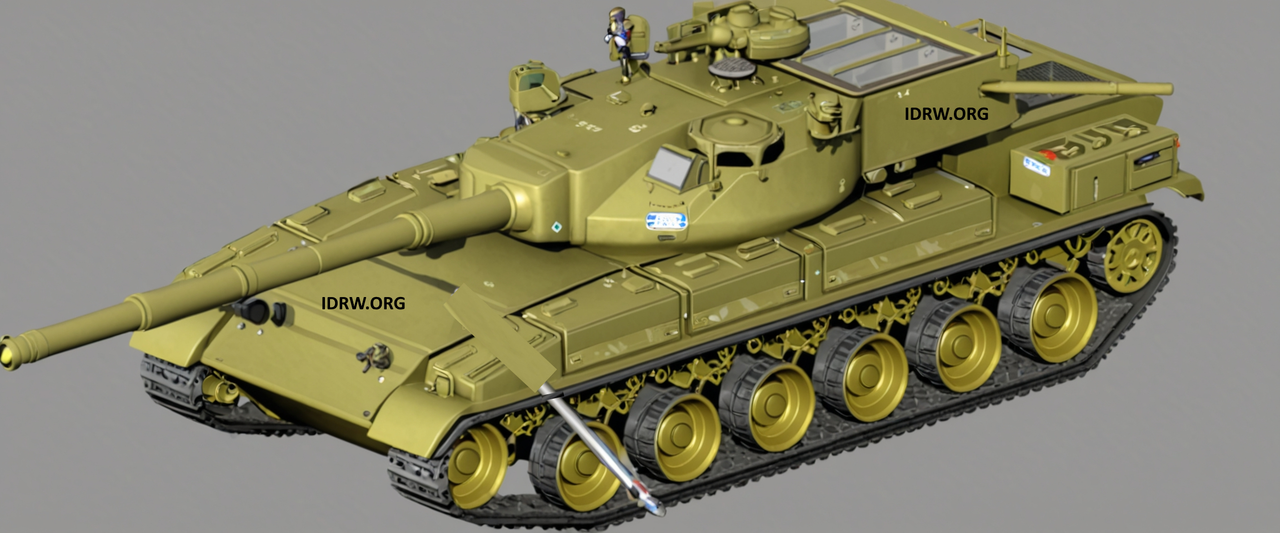
The Defence Research and Development Organisation (DRDO) is steadily progressing towards the completion of the Critical Design Review (CDR) for its Next Generation Main Battle Tank (NGMBT) design, intended for the Indian Army’s Future Ready Combat Vehicle (FRCV) program.
The NGMBT project has been making significant strides since its inception. After undergoing a preliminary design review (PDR) approximately three years ago, the DRDO has been diligently refining the design to meet the specific requirements outlined in the Army’s Request for Information (RFI) tender.
Continue readingSOURCE: RAUNAK KUNDE / NEWS BEAT / IDRW.ORG
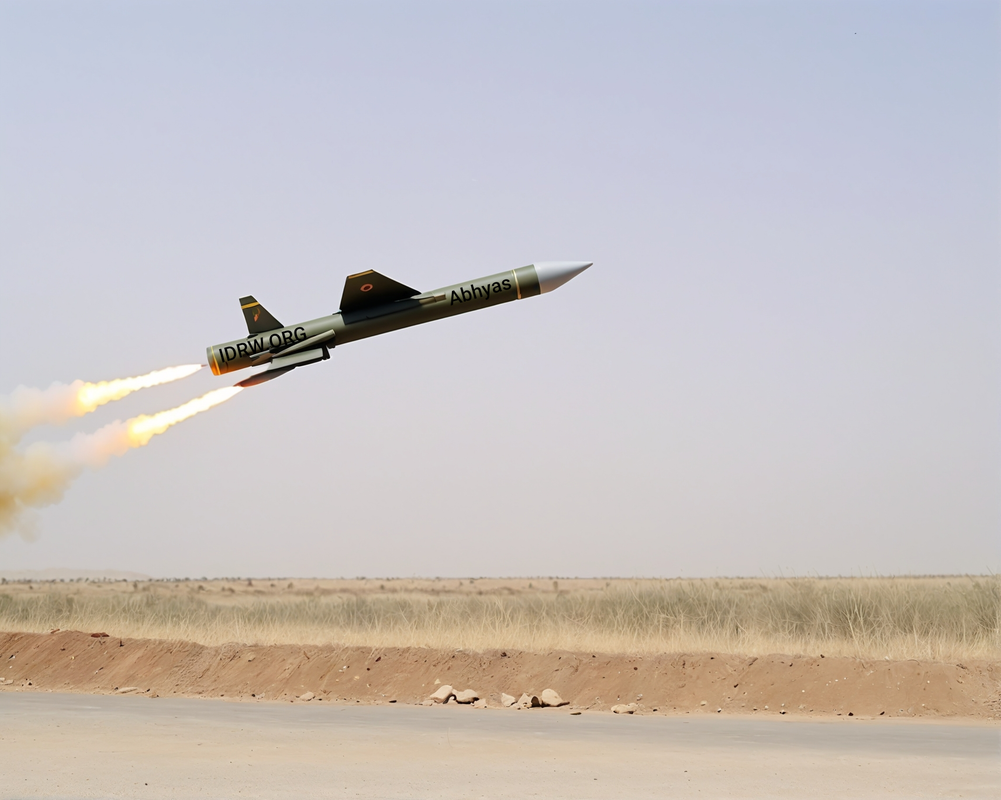
The Aeronautical Development Establishment (ADE), a premier lab of India’s Defence Research and Development Organisation (DRDO), has been expanding the capabilities of its Abhyas High-speed Expendable Aerial Target (HEAT). Originally designed as an aerial target to simulate enemy aircraft for missile testing, Abhyas is now being developed into more versatile systems, including kamikaze drones and loitering munitions, with potential roles in Manned-Unmanned Teaming (MUM-T) operations.
Initially developed as a cost-effective solution for training and missile target practice, Abhyas has a range of 100 km, can fly at speeds up to 0.5 Mach, and offers 45 minutes of endurance. However, ADE is now working on new variants that can transform Abhyas from a purely expendable target into a tactical platform capable of performing a variety of critical missions.
Continue readingSOURCE: IDRW.ORG

Indo-Russian Rifles Private Limited (IRRPL), the joint venture between India and Russia responsible for producing the Kalashnikov AK-203 assault rifles, is witnessing a surge in inquiries from African and Middle Eastern countries. The Western sanctions imposed on Russian arms manufacturers have created a lucrative opportunity for IRRPL to export its Made in India AK-203 assault rifles to these regions.
Recently, IRRPL successfully delivered 35,000 AK-203 rifles to the Indian Army, marking a significant milestone in the project. The production of these rifles in India is fully aligned with the government’s Make in India and Atmanirbhar Bharat Abhiyaan (Self-Reliant India) initiatives. The project involves technology transfer and aims for 100% localization of AK-203 production.
Continue readingSOURCE: IDRW.ORG

Tonbo Imaging, a leading manufacturer of advanced thermal imaging systems, is set to equip the Indian Army with its innovative Sarisa CLIPON Thermal Sight. The Sarisa, a cooled LWIR thermal imager designed specifically for the Konkurs launcher, will be inducted into the Indian Army next week.
The Sarisa CLIPON Thermal Sight offers a significant upgrade to the Konkurs launcher’s capabilities. Integrated with a high-performance cooled thermal imaging camera, it enables soldiers to lock onto stationary or moving targets before launching a missile. Operating in the LWIR spectral range, the Sarisa can detect, recognize, and identify threats at long ranges, even in challenging day-night and adverse weather conditions.
Continue readingSOURCE: RAUNAK KUNDE / NEWS BEAT / IDRW.ORG
Safran Aerospace, a global leader in aerospace technology, has significantly enhanced its proposal to jointly manufacture the 110kN engine for India’s ambitious Advanced Medium Combat Aircraft (AMCA) program. In a major development, the French company has offered to provide complete technology transfer (ToT) of the engine, including its critical hot section.
This move signifies a significant step forward in India’s quest for self-reliance in aerospace technology. Under the new proposal, the engine will be entirely manufactured in India, with components sourced exclusively from domestic companies. While Safran and the Gas Turbine Research Establishment (GTRE) will retain joint intellectual property rights over the new engine, there will be no export restrictions, ensuring that India can leverage this technology for its own defense and commercial needs.
Continue readingSOURCE: RAUNAK KUNDE / NEWS BEAT / IDRW.ORG

Hindustan Aeronautics Limited (HAL) is exploring collaboration with Indian private sector companies to address the issue of short-life turbine blades in the Rolls-Royce Turbomeca Adour Mk. 951 turbofan engines powering the Hawk 132 Advanced Jet Trainers (AJTs) in the Indian Air Force (IAF) fleet.
The problem of premature blade wear has been a persistent issue for the Adour engine, not just in India but also in other countries that operate the Hawk aircraft. While Rolls-Royce provided an interim solution a few years ago, it has yet to be implemented. The short lifespan of the turbine blades has significantly impacted the operational efficiency and maintenance costs of the Hawk 132 fleet.
Continue readingSOURCE: RAUNAK KUNDE / NEWS BEAT / IDRW.ORG
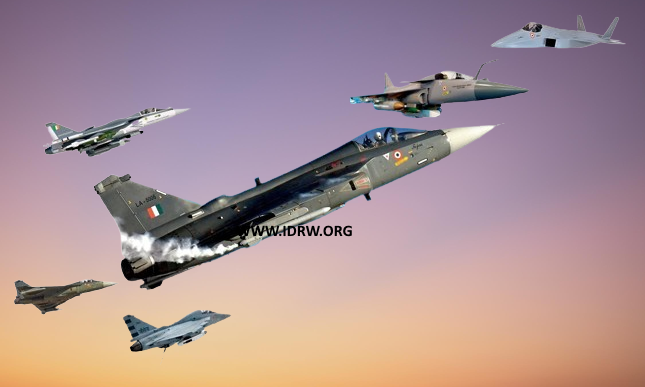
The Indian Air Force (IAF) and Hindustan Aeronautics Limited (HAL) are gearing up for a critical phase in India’s indigenous fighter aircraft development. With the first flight of the Tejas MkII planned for 2026 and the Advanced Medium Combat Aircraft (AMCA) Mk1 expected to take to the skies in 2028, the coordination between IAF and HAL will be tested as they conduct simultaneous developmental flight trials for these ambitious programs.
The experience gained from the developmental flight trials of the Light Combat Aircraft (LCA) Tejas Mk1A is proving invaluable. Lessons learned are being utilized to refine and streamline the flight test regime for both Tejas MkII and AMCA Mk1. The goal is not only to reduce the number of years required for flight trials but also to minimize the total in-flight hours needed to validate the aircraft’s capabilities and readiness.
Continue readingSOURCE: IDRW.ORG TEAM

The Indian Navy is gearing up to submit a proposal to the Defence Acquisition Council (DAC) for the development of a second aircraft carrier, dubbed IAC-II. The Navy aims to secure the Acceptance of Necessity (AoN), which is the initial approval for procurement, for this ambitious project.
With an estimated displacement of 45,000 tonnes and a price tag of approximately Rs 40,000 crore, IAC-II is poised to be a formidable addition to the Indian Navy’s fleet. The state-run Cochin Shipyard is slated to construct the aircraft carrier, incorporating modifications to support unmanned aerial vehicle (UAV) operations.
Continue readingSOURCE: IDRW.ORG

In a significant breakthrough for Indian defense innovation, New Delhi-based Pravaig’s defense subsidiary, Atima, has emerged as the winner of the 9th iDEX Open Challenge. Their winning project, the Electric Tactical All Terrain Vehicle (E-TATV), is set to bolster the Indian Army’s operational capabilities with cutting-edge technology, particularly in stealth forward patrolling and reconnaissance missions. This win showcases India’s growing prowess in defense technology and innovation, contributing to the nation’s broader security goals.
The E-TATV designed by Atima offers advanced tactical advantages, especially for stealth operations. With its electric powertrain, the vehicle operates quietly, making it ideal for forward patrolling and reconnaissance missions in hostile or sensitive environments where maintaining a low profile is crucial. Unlike conventional tactical vehicles, which often produce significant noise and heat signatures, the electric-powered E-TATV enhances stealth and decreases detection risk by adversaries.
Continue readingSOURCE: RAUNAK KUNDE / NEWS BEAT / IDRW.ORG
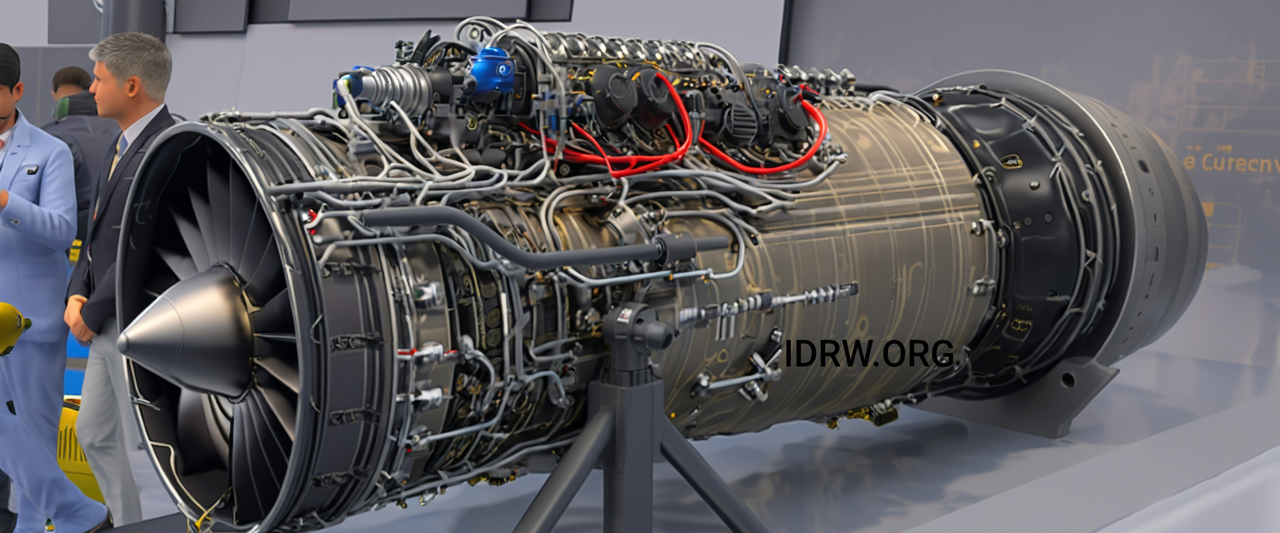
Rosoboronexport, Russia’s state-owned arms exporter, has expressed concerns regarding India’s decision to exclude the AL-41F-1S engine from its Su-30MKI “Super-30” upgrade program planned for 80 odd aircraft. Speaking to idrw.org, Rosoboronexport officals argue that the AL-41F-1S engine offers significant advantages over the existing powerplants in the Indian Su-30MKI fleet. The AL-41F-1S, also known as article 117S, is a modern modular two-shaft turbofan engine featuring thrust vector control and integrated digital control.
A key selling point for the AL-41F-1S is its compatibility with existing Su-30MKI airframes. Sharing the same geometry and attachment points as the AL-31FP version currently used in the Su-30MKI, the AL-41F-1S could be integrated with minimal modifications to engine nacelles and equipment. This compatibility would streamline the upgrade process and potentially lower costs.
Continue readingSOURCE: RAUNAK KUNDE / NEWS BEAT / IDRW.ORG
.jpg)
The Aeronautical Development Agency (ADA), responsible for designing and developing India’s cutting-edge combat aircraft programs, has issued an Expression of Interest (EOI) inviting Indian private firms to participate in the manufacturing of structural assemblies for various aircraft. The initiative is a significant step towards accelerating the production of indigenous combat aircraft, including the LCA AF Mk2, Advanced Medium Combat Aircraft (AMCA), and Twin Engine Deck-Based Fighter (TEDBF), to meet the growing operational requirements of the Indian Air Force (IAF) and Indian Navy.
As India seeks to enhance its defense capabilities and bolster indigenous production, the participation of private industry in coordination with public sector firms has become crucial. The ADA’s move to involve Indian private companies in the development and manufacturing of structural assemblies is aimed at speeding up production and ensuring a more efficient and scalable manufacturing process.
Continue readingSOURCE: RAUNAK KUNDE / NEWS BEAT / IDRW.ORG
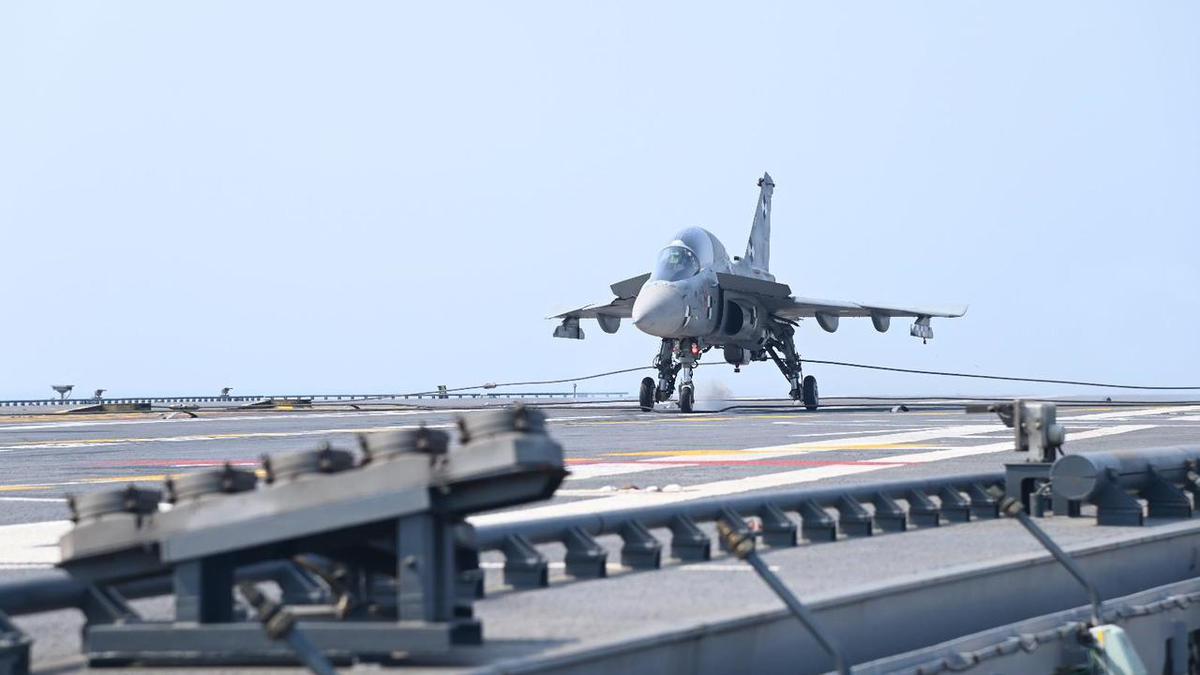
In a recent address at the LM Khatre Memorial Talks, Samir V. Kamat, Secretary of the Department of Defence Research and Development (DDR&D) and Chairman of the Defence Research and Development Organisation (DRDO), emphasized the organization’s commitment to bolstering the Indian Navy’s capabilities through the proposed acquisition of 8-10 Naval LCA MkI aircraft. These deck-based aircraft are designed for operation from aircraft carriers, marking a significant enhancement in the Navy’s aerial capabilities.
The Naval-LCA MkI is a variant of the Light Combat Aircraft (LCA) designed for naval operations. DRDO has developed three prototypes, NP-1, NP-2, and NP-5, which have been instrumental in gathering valuable data for the Twin-Engined Deck-Based Fighter (TEDBF) program.
Continue reading